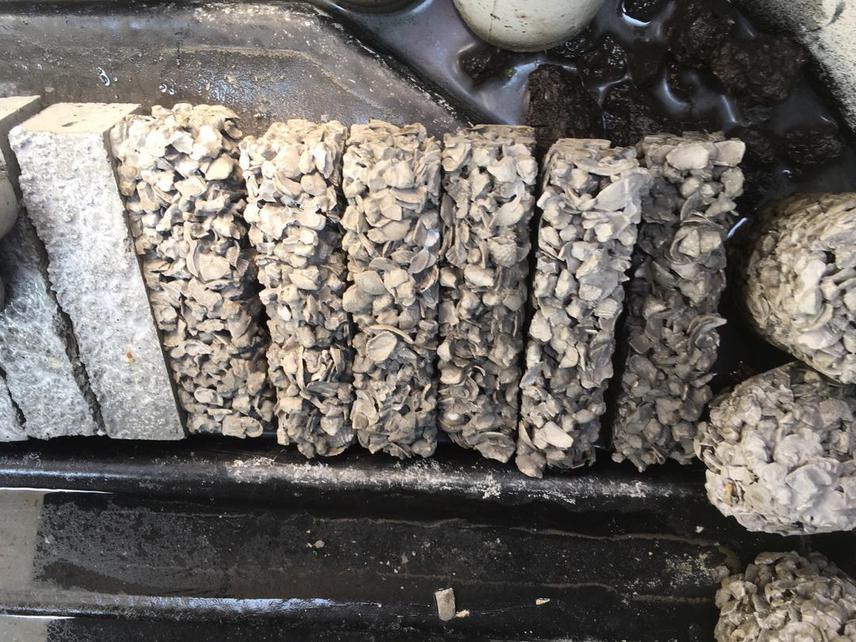Chee Su Yin
Other projects
Natural habitats on coastlines all over the world are rapidly being replaced by coastal erosion control structures as a response to the climate crisis and sea level rise. Because of this, there is an urgent need to design these structures not only to serve the primary purpose of protecting people and property but to have a secondary function of providing habitat for coastal organisms. Recently, there has been an increase in research on the materials used to build these structures. Formerly built mostly using concrete, there has been pressure from various parties to use material with lower carbon footprint compared to concrete. While much of research on creating eco-friendly material for coastlines is carried out in temperate countries, those done tropical settings are still limited. Hence, this project aims to produce and create a lightweight, low carbon footprint eco-concrete for application on man-made coasts along tropical coastlines.

Preliminary building material from 2 months of laboratory fabrications.
The project will be carried out in UNESCO World Heritage Site-listed Clan Jetties of Penang. The clan jetties are located on the northeast coast of the island (5.4129326, 100.3373368) and receives thousands of tourists each year. There are a series of water villages with rows of wooden houses on stilts built above the sea and connected by planked walkways. The coast here is highly polluted. The sources of pollution are largely from the prevalent sanitation issues within the jetties itself, and from Penang Port located just north of the jetties. Water quality here is poor with high particle suspension and sedimentation. The substrate here is mud. Coastal organisms commonly found here are crabs, oysters, barnacles, and other marine snails. Monitor lizards are also frequently sighted.
At present, the stilts are built to prevent any organisms from growing on them. This is thought to weaken the structure and increase maintenance costs. The current project will design a robust, lightweight and low carbon footprint material to serve the original purpose of these stilts. We try to achieve this by replacing some of the components of concrete with environmentally friendly materials such as seashells and kenaf and by using by-product from cement production such as ground granulated blast furnace-slag (GGBS).
Our conservation outputs include a low carbon foot print conservation tool, lightweight option for eco-engineering projects requiring such materials, information baseline as basis for integrating conservation into development, habitat improvement, biodiversity conservation and creating / increasing awareness on this technology.